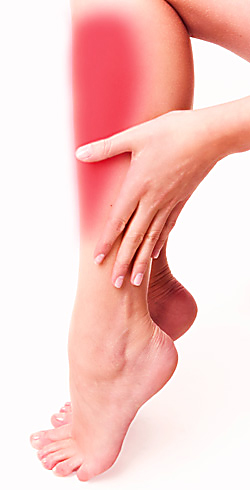 With injuries perhaps the most feared aspect of a performer’s life, it is important that your diet is aiding recovery, aside from other treatments you may be using such as ice, physiotherapy and rest. Ensuring you are providing your body with good nutrition will reduce recovery times, which is paramount for getting back in the studio. It is said that there are three key nutrients to get you back on top form.
With injuries perhaps the most feared aspect of a performer’s life, it is important that your diet is aiding recovery, aside from other treatments you may be using such as ice, physiotherapy and rest. Ensuring you are providing your body with good nutrition will reduce recovery times, which is paramount for getting back in the studio. It is said that there are three key nutrients to get you back on top form.
Protein is essential for both building and healing muscle, in addition to repairing bones and improving muscle contraction. Despite this, too much protein can be detrimental; it is important to eat protein intelligently in order to maximise its impact, which does not mean simply eating more protein. Many dancers already consume enough, so it is perhaps best to eat small amounts of high-quality protein with each meal for rebuilding tissue, such as yogurt, cheese, lean meat, beans, rice, quinoa, nuts and seeds. Too much protein forces the body to release calcium from the bones to balance it, which could slow recovery time.
Dancers must also get enough Vitamin D, due to the fact they spend long hours inside. Calcium is another vitamin that dancers tend to not get much of, both of which are vital for the repairing of stress fractures, for example. Vitamin D allows bones to absorb calcium and use it to repair stresses, hairline fractures and breaks: it also strengthens the immune system and helps reduce inflammation throughout the body. Just 15 minutes of sun exposure a day, even when it’s overcast outside, can help increase your levels for better healing. Other sources of vitamin D include yoghurt, fortified milk, tuna, salmon, and the yolks of eggs.
Vitamin C is also a great healer, from rebuilding ligaments to repairing blisters, however an excess amount becomes similar to excess protein. Because vitamin C is acidic the body will use calcium to neutralise the large amounts found in supplements, causing a weakening of the bones. The daily requirement is just 45–100 milligrams, which is around two oranges.
